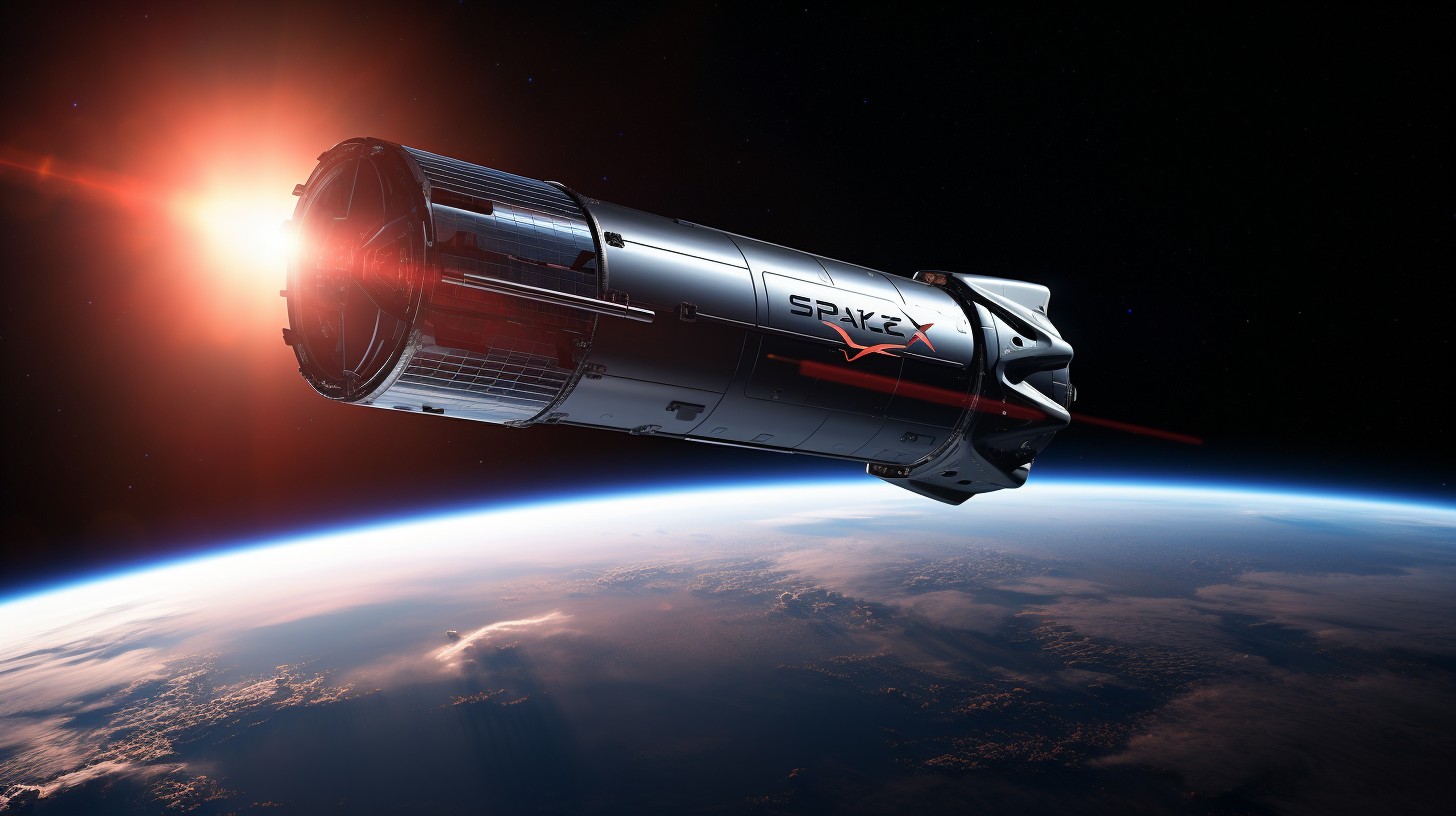In a world where a single tweet can make global headlines, being disconnected is no longer an option. However, it’s a different story for seafarers. For them, communication with the outside world has long been a challenge, one that often meant long periods of isolation, limited communication with loved ones, and a sense of detachment from the rapidly changing world onshore. Fortunately, SpaceX’s Starlink is offering a solution to the maritime industry as Elon Musk extends his satellite internet service into the farthest seas through the Hapag-Lloyd AG Fleet. Let’s dive into this topic and what this means for the maritime industry in this article.
What Is Hapag-Lloyd?
Hapag-Lloyd is the largest container shipping company in Germany and one of the biggest shipping companies worldwide, known globally for its extensive fleet of ships. This German company has been in operation since 1847 and has become one of the largest container shipping lines worldwide. Their ships are a common sight in ports everywhere, and they’re known for their experience and ability to adapt to changes in the shipping industry.
What Is Starlink?
Starlink is one of the biggest satellite internet services in the US, alongside HughesNet and Viasat. It is owned by SpaceX, a company founded by entrepreneur Elon Musk, and its mission is to bring high-speed internet access to even the most remote and underserved areas around the world.
Starlink has made significant advancements in the satellite industry, from expanding its satellite internet to different regions worldwide to having an influence on the Russia-Ukraine war.
Hapag-Lloyd and Starlink Satellite Internet
In a significant development, Hapag-Lloyd AG, the largest container shipping company in Germany, has announced its partnership with SpaceX’s Starlink service. This decision follows the successful conclusion of a pilot program that involved four vessels.
Hapag-Lloyd’s decision to equip its own ships, rather than just chartered ones, with Starlink reflects the confidence it has in this cutting-edge technology. According to data from Alphaliner, Hapag-Lloyd operates a substantial fleet of 259 ships, and this initiative is set to make a substantial impact on the maritime industry.
The partnership between Hapag-Lloyd and Starlink aims to enhance the well-being of seafarers. Maximilian Rothkopf, Hapag-Lloyd’s Chief Operating Officer, highlights that Starlink’s connections will enhance their well-being on board. This improvement in the lives of seafarers is crucial in an industry that values their welfare.
The next steps in the rollout include ordering more equipment and installing antennas by year-end and activation of the service starting in early 2024. As this collaboration progresses, it promises to bring about a new era in maritime connectivity, with potential benefits in terms of safety, efficiency, and the overall quality of life for those who navigate the world’s oceans.
What Does This Mean for the Maritime Industry?
This partnership can mean a lot for the maritime industry, and it goes beyond improved internet access or better connectivity while at sea. Here are some possible benefits this collaboration can bring:
1. Enhanced Communication
Seafarers have long endured the challenges of isolation at sea. Limited communication options have made it difficult for them to stay connected with their loved ones. Starlink’s high-speed internet access changes this. It enables seamless video calls, real-time messaging, and easy access to online resources. This not only boosts the morale of seafarers but also strengthens their mental and emotional well-being.
2. Safety
Reliable connectivity is essential for the safety of ships at sea. With access to real-time weather updates, navigation data, and emergency communication channels, ships equipped with Starlink are better prepared to navigate through challenging conditions and respond swiftly to emergencies. This translates into safer voyages and reduced risks for both crew and cargo.
3. Operational Efficiency
The maritime industry is highly competitive. That’s why efficiency is important. Starlink’s high-speed internet can streamline operations by facilitating the transfer of critical data, optimizing routes, and enabling remote monitoring of vessel performance, resulting in cost savings and improved overall efficiency for shipping companies.
4. Crew Retention
In an industry where retaining skilled seafarers is crucial, providing reliable connectivity can be a significant factor in crew retention. Improved living conditions, including access to the internet for leisure and communication, make life at sea more attractive, potentially reducing turnover rates and recruitment costs.
5. Technological Advancement
The partnership between a traditional maritime giant like Hapag-Lloyd and SpaceX’s Starlink reflects the industry’s willingness to embrace cutting-edge technology. This collaboration sets the stage for other shipping companies to follow, which will drive the maritime sector toward further technological innovation.
Conclusion
Looking forward, when Starlink is fully operational on Hapag-Lloyd’s ships in 2024, the maritime industry will enter a new era. This change shows how much the industry cares about its seafarers and is ready to embrace the future. It means that soon, even in the middle of the ocean, ships will be as connected as ever, and seafarers won’t feel so far away from the world they’re a part of.


